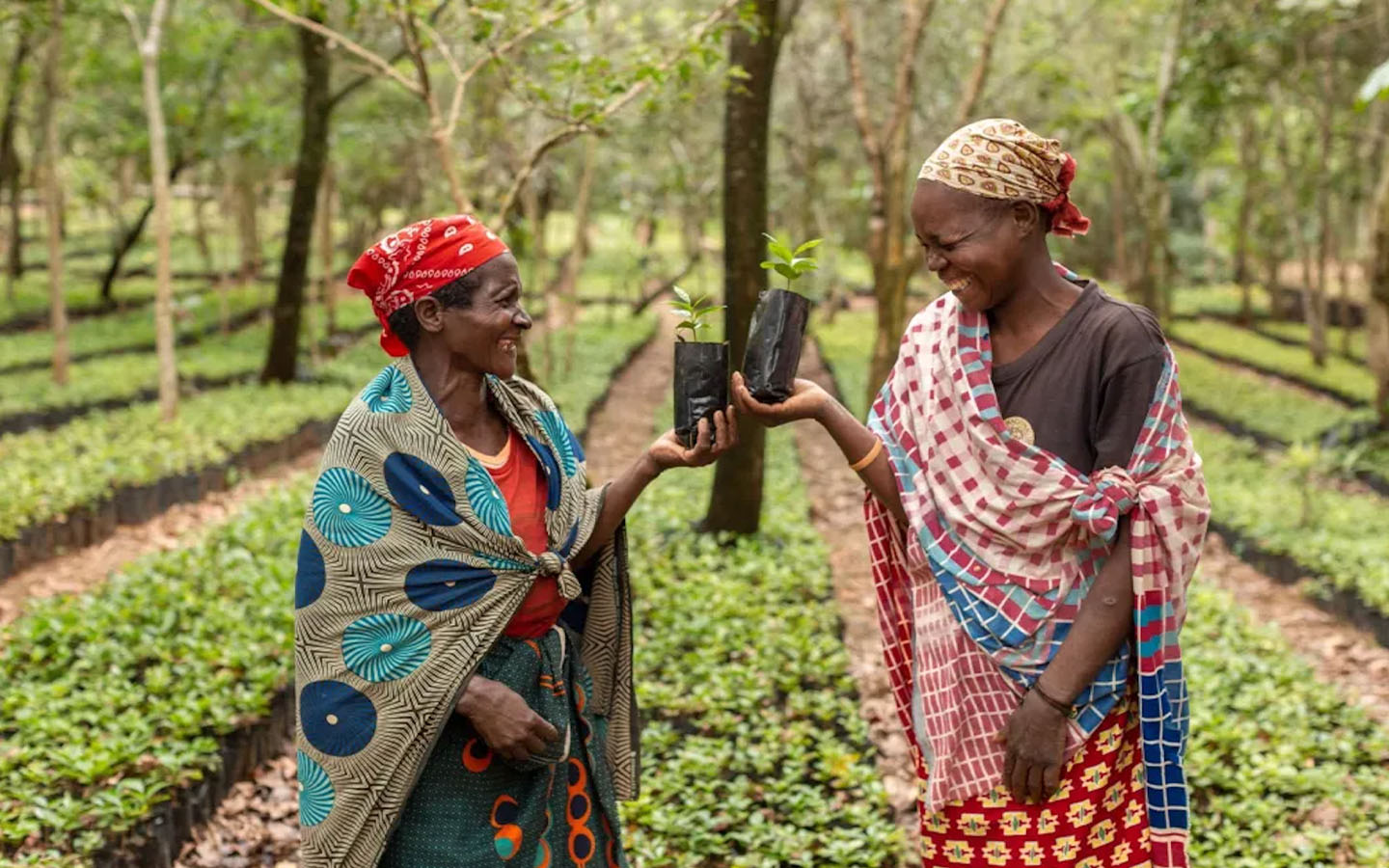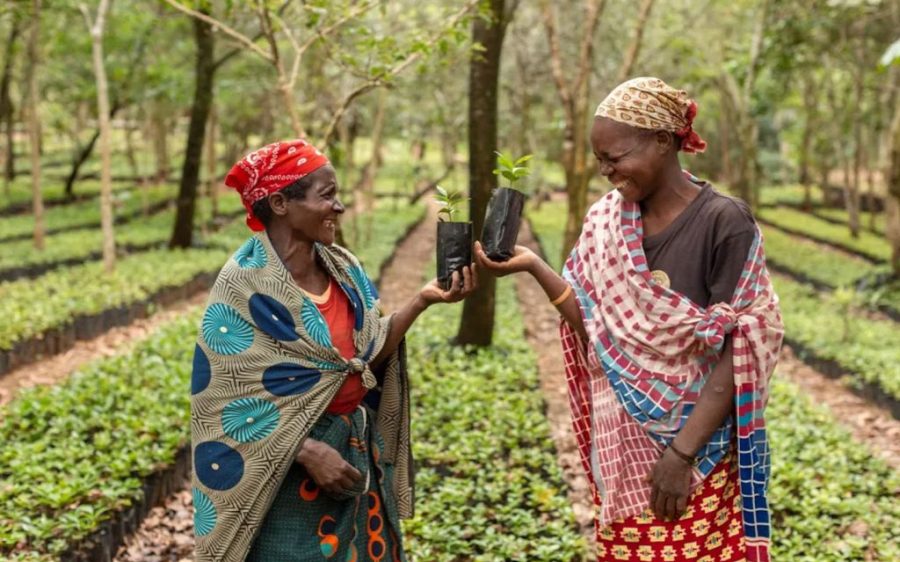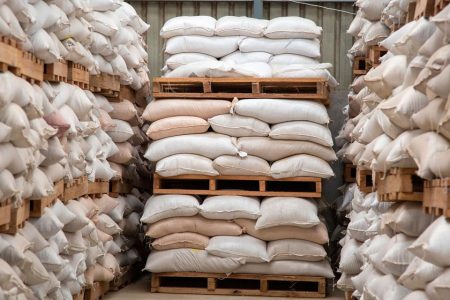Mozambique’s oldest national park has opened a honey processing factory, making Gorongosa the only district in the country to process its own locally produced raw honey, Mozambican media reports. The project provides an additional stream of income for its nearby communities, which are some of the poorest in Mozambique.
The factory, which opened last week, currently processes around 300 kilograms of honey a day. It has the capacity to process 1,000 kilograms, and that could be doubled – according to Gorongosa National Park’s administrator, Pedro Muagura.
Gorongosa is known for practising people-centred conservation, meaning local people are encouraged to help protect its flora and fauna from deforestation and poachers through understanding that the park’s existence helps alleviate their poverty through socio-economic initiatives.
[See more: More than 1,400 South African animals have been relocated to Mozambique]
The new honey factory was built with US$174,000-worth of funding from the Irish and Canadian governments, through a biodiversity conservation programme. The Italian Development Cooperation Agency donated a significant number of beehives to Gorongosa National Park’s beekeeping programme back in 2021, with the aim of improving local livelihoods and promoting environmental sustainability.
By expanding the district’s beekeeping operation into processing, the factory creates jobs and increases the value of the raw materials already produced by Gorongosa’s beekeepers – who rely on healthy forests to sustain their bee colonies.
Coffee and cashew farming are similar commercial ventures supported by the park. These initiatives also support ecological conservation through providing reforestation incentives. For now, Gorongosa products are mostly sold in the domestic market. Muagura said exporting to Europe was the next step.
[See more: Growing elephant numbers create challenges for Mozambican national park]
Opened in the early 1960s, Gorongosa National Park survived Mozambique’s war for independence from Portugal only to be devastated by 15 years of civil war in the 1980s and 1990s. Hunters, poachers and neglect left the once thriving national park a shadow of its former self. That changed in 2008, when US philanthropist Greg Carr signed a 20-year-management agreement with the Mozambican government – which has been extended for another 25 years – to bring life back to the park.
The wildlife population has rebounded significantly in the years since, with much of the park’s success coming down to Carr’s focus on ensuring community buy-in.






